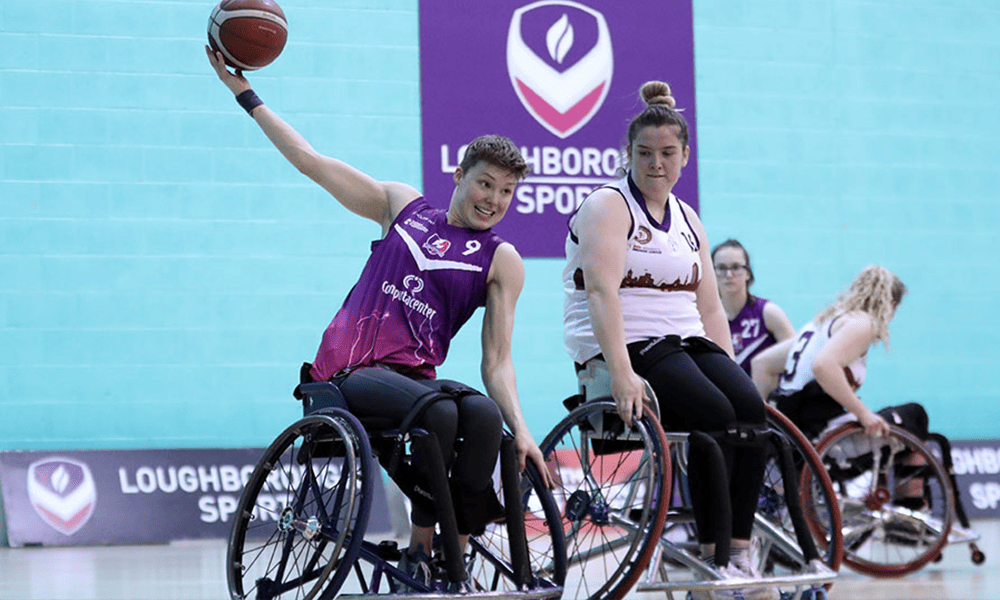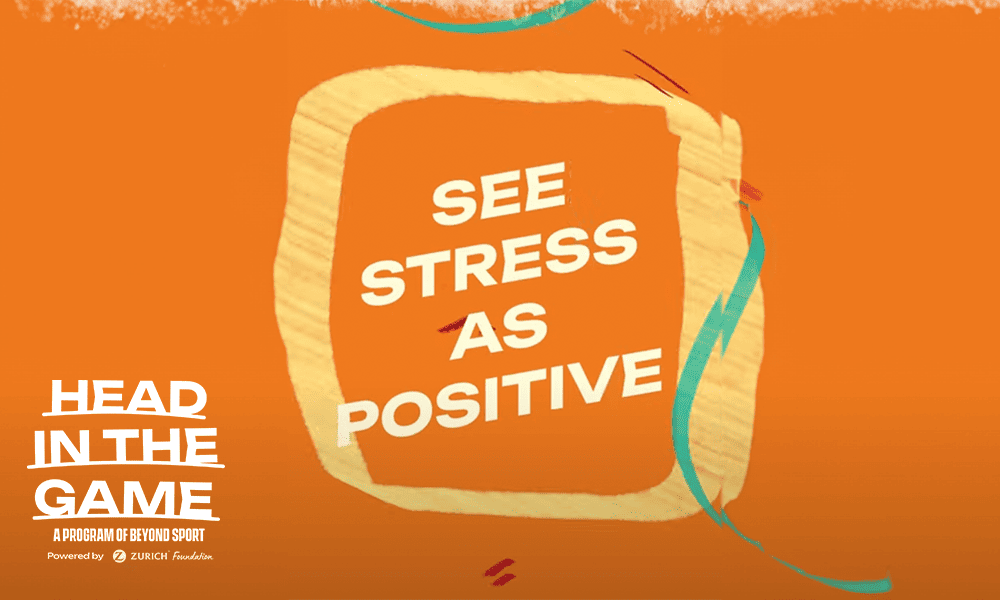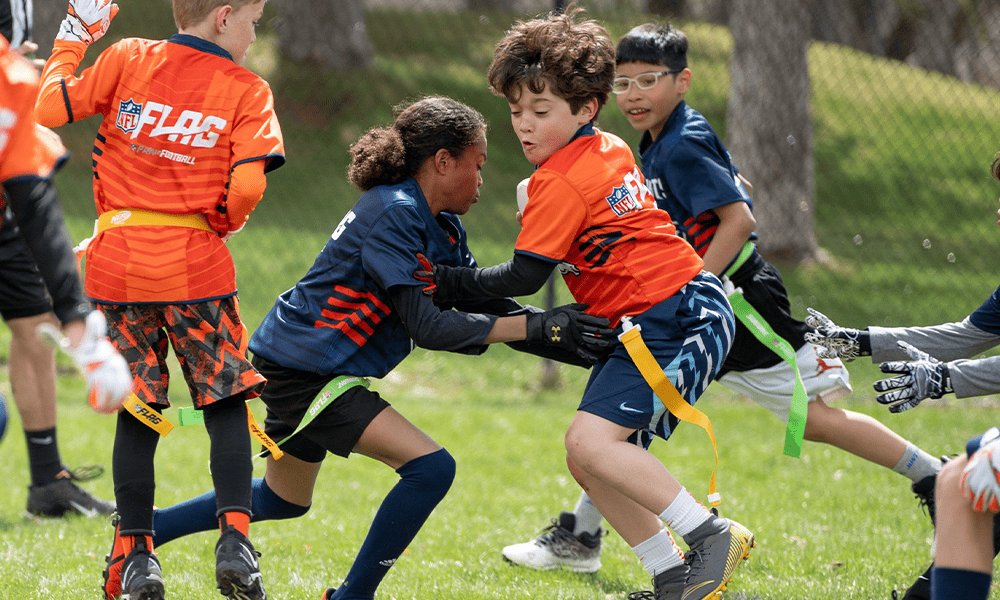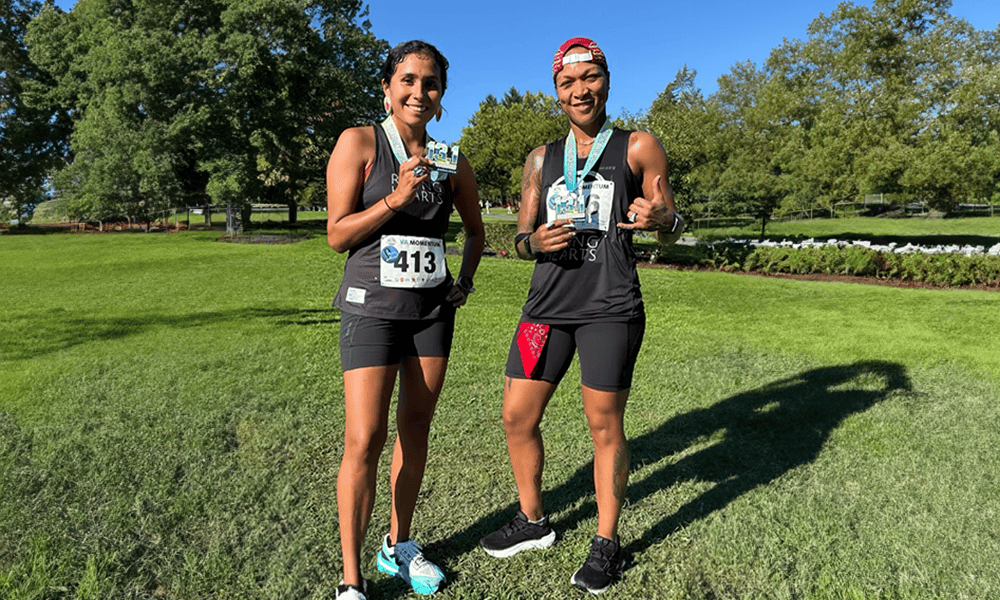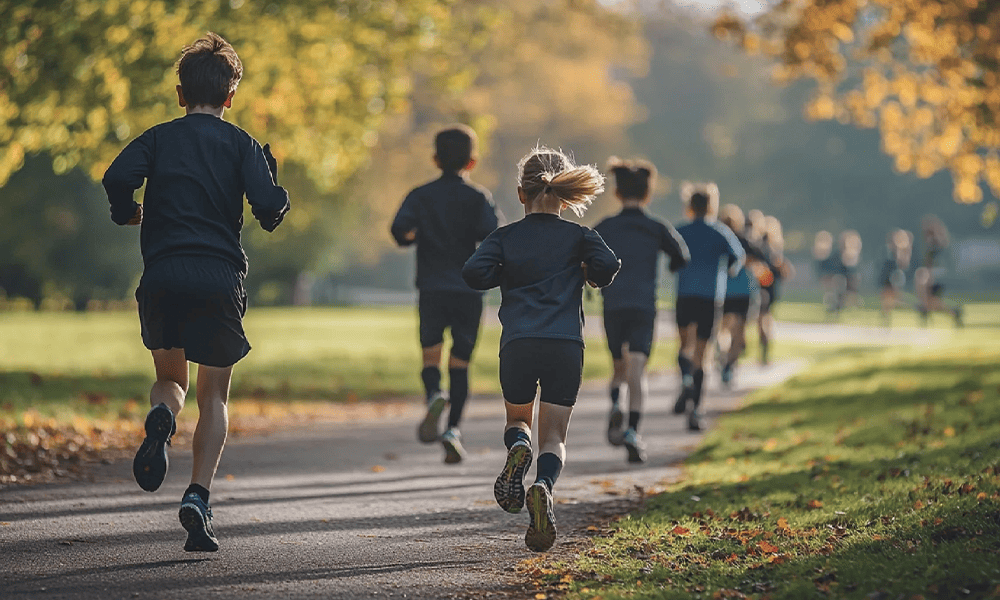March 4, 2022
In several countries around the world, including the UK and the US, March is Women’s History Month, offering a time to recognize women’s contributions to history, culture and society. However, the month also provides an opportunity to highlight barriers to gender equity and the efforts being taken to address them head on. In sport, one such effort is working to innovate ways to improve the health of girls and women through athletic participation and performance by addressing research.
FASTR (Female Athlete Science and Translational Research), a new university-wide intiative at Stanford University in the US, is looking to close the gender gap in sports science research with an emphasis on identifying ways to prevent injury and optimize performance in female athletes. Launched in January, it was created in direct response to the lack of female representation in high-performance research which has historically been based on male physiology.
According to Triathlete, an analysis of more than 1,300 studies in sport medicine by researchers from the Queensland University of Technology found an average of 35-37% of study participants were female; only 8% of published studies focused solely on women, mostly addressing pregnancy, menopause or reproductive disease—not sport. And, a 2021 study in the Journal of Science and Medicine in Sport found that between 2000 and 2020, women represented just under 25% of first authors of randomized control trials in 14 of the top sports science journals.
FASTR wants to change this and become a platform that can inform, inspire and empower female athletes of all levels and backgrounds. The program is run in collaboration with the Female Athlete Program at Boston Children’s Hospital with support from the Wu Tsai Human Performance Alliance at Stanford and is part of a multi-institution alliance focused on uncovering the biological principles that govern human performance. Its team of physicians and researchers are also working on better ways to get that information into the hands of athletes, coaches, parents and their health-care providers.
The initiative also provides education on female physiology to give all female athletes the information and tools to better understand their bodies in order to maximize health and performance. These tools help to foster understanding on the impacts of the menstrual cycle and how hormones affect overall health and well-being can help athletes better understand the importance of proper fueling.
“Knowledge is power,” says Emily Kraus, a clinical assistant professor of orthopedic surgery and FASTR’s director. “With it, you can advocate for yourself. You can say, ‘Hey coach, I lost my period. Maybe it’s because I’m overtraining.’ Then the coach can also become a safe person to talk to about this, changing that culture and the dynamic between coach and athlete. The more we talk about it and take away some of the stigma of these conversations, the easier it will get.”
Another of the program’s pilot studies is educating high school distance runners about the Female Athlete Triad (a combination of disorders resulting in loss of bone density) and bone stress injuries. It will provide a series of five educational videos with content from experts in the field and stories from top female athletes who can share their own experiences to reduce incidences of bone stress injuries. The study will measure the engagement of female high school distance runners with the content as well as changes in their body image, self-compassion and perspective on longevity in sport.
Mental health will also be a factor in the FASTR portfolio of research and education. “One thing that’s really important for me to share with young, old, new, veteran athletes is that you are so much more than your performances, you’re so much more than just a body, just a vessel for competition, and your brain plays such a huge role. I learned later in my professional career about how much my mental health impacts my performance, my training,” said Stephanie Garcia, Professional Obstacle Course Racer.
Overall, the goal is to help more women become lifelong athletes through a partnership that brings together experts in sports medicine, epidemiology, psychology, social work, nutrition and more to address all aspects of female athlete health and performance. As the program website states, “through our research, we seek to better understand the female athlete and provide the resources to make optimal health and performance more accessible to female athletes of all ages and abilities.”
